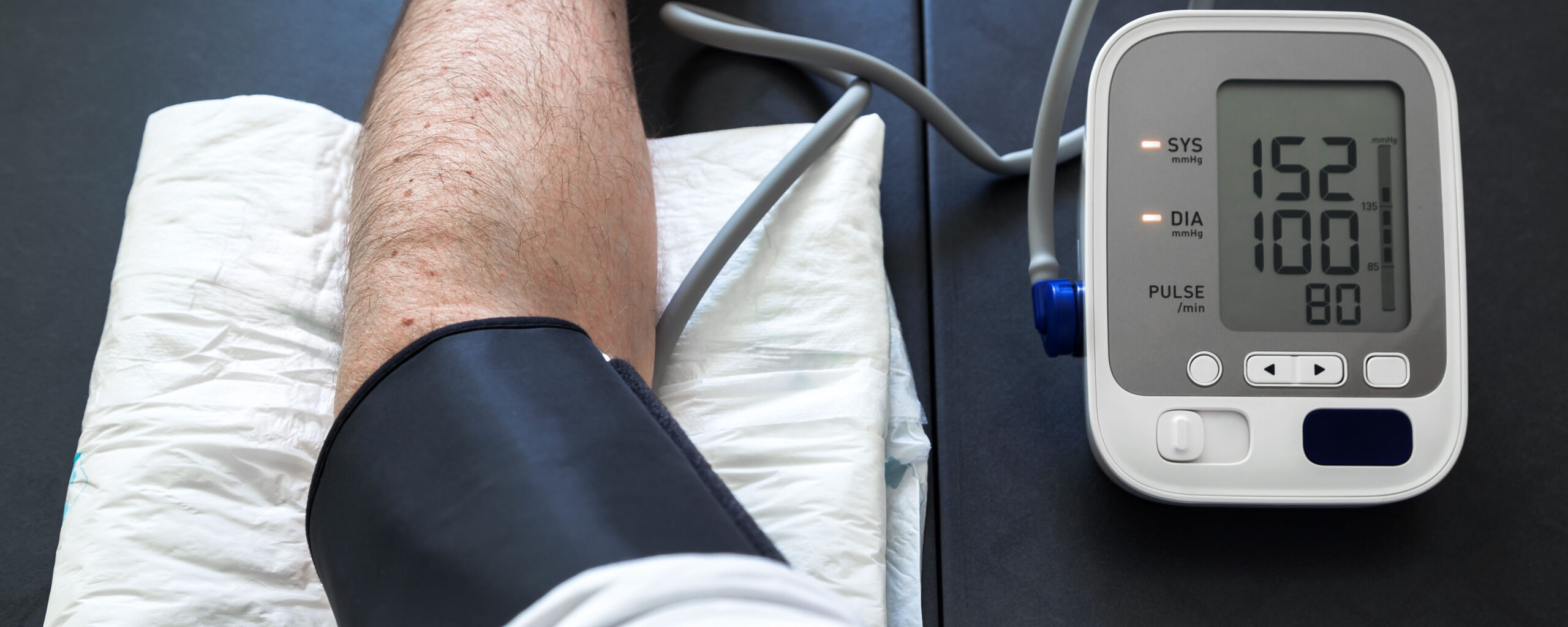Results released today from the National Annenberg Survey of Youth reveal that 1 out of 7 or 14% of adolescents and young adults have experienced being a victim of cyberbullying (see Table 1 below). Those who experience cyberbullying report higher rates of thinking seriously about suicide in the past year (see Table 2 below). The rate of suicidal ideation among victims of cyberbullying was about 4 times higher than among youth who had not had the experience (27.4% vs. 7.5%).
The results come from telephone interviews with nearly 600 young people ages 14 to 22 in a nationally representative sample. The survey defined cyberbullying as occurring “when someone repeatedly makes fun of another person online or repeatedly picks on another person through email or text messaging or when someone posts something online like an embarrassing photo about another person they don’t like.”
Although some prior studies report a strong association between having been bullied online and suicidal ideation, the association between the two has rarely been examined in college age youth. Prior studies of adolescents also indicate that victims of cyberbullying are more likely to experience symptoms of depression than non-victims and even more than victims of other forms of bullying. The Annenberg research also found that victims of cyberbullying were more likely to experience symptoms of depression in the past year, such as sadness and hopelessness, than non-victims.
“The APPC research suggests that rates of victimization from cyberbullying have doubled in the past several years compared to other earlier studies” said Dr. Madelyn Gould of Columbia University who reviewed the findings. “Greater efforts will be needed to educate youth about the hazards of this form of bullying and to help young people cope with such abuses”
Gender Differences
The APPC findings also show more strongly than past research that female youth are at high risk of being the targets of cyberbullying. The rates of victimization for females were more than twice as high as for males among both high school (18% vs. 7%) and college age (22% vs. 10%) youth.
“While these results do not show that cyberbullying is the cause of suicidal tendencies in young people,” noted Dan Romer, Director of the Adolescent Communication Institute that conducted the survey, “they clearly show that youth who are victims of it are also at increased risk of both depression and suicide. As a result, even if the victims were already depressed or suicidal, experiencing cyberbullying could only make a bad situation worse.”
Perpetrators of Cyberbullying
Smaller percentages of young people in the survey admitted to having cyberbullied others online. Approximately 8% reported such activity. However, unlike prior studies, we found no clear pattern of gender differences for cyberbullying. For adolescents in the high school age range, females were more likely to report cyberbullying another person (10% vs. 4%). However, this pattern was reversed for older youth, where males were more likely to report perpetrating cyberbullying (11% vs. 6%).
As has been found in other studies of bullying, those who engage in this practice are more likely to experience bouts of depression themselves. This was true for all ages and both genders. Also consistent with prior research, those who both engage in bullying and are its target are at increased risk of depressive symptoms; however, there were too few respondents who reported this pattern to draw firm conclusions. Also not surprisingly, the APPC findings indicate that the higher rates of depressive symptoms are associated with higher rates of suicidal ideation.
The findings clearly indicate that those who perpetrate cyberbullying are as troubled on average as those who are victims of their attacks. This suggests that school-based efforts to reduce cyberbullying may be more effective if they focus on youth who already experience symptoms of depression.

